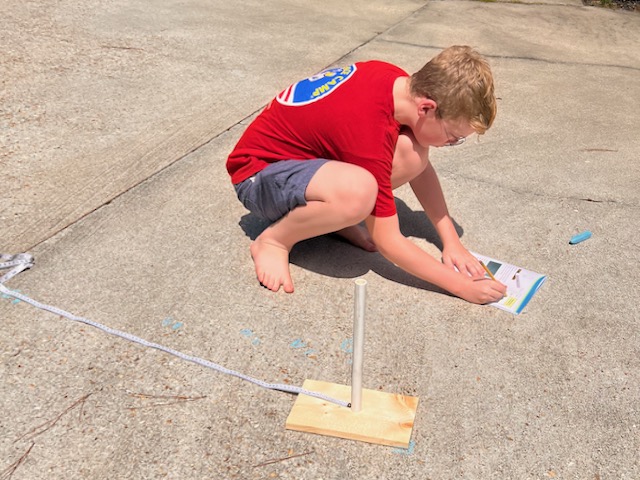
In this episode of Ten Minutes to a Better Homeschool, we explore how to salvage a homeschool curriculum that feels like a mismatch. Rather than tossing it and buying something new, Pam shares creative ways to adapt, simplify, or re-energize what you already have. From focusing on the most valuable lessons to substituting dull activities with hands-on approaches, there are plenty of strategies to keep you from scrapping an entire program mid-year. If your curriculum is causing more stress than success, tune in for practical tips on how to reshape it so it better suits your family’s needs.
Five Ways to Rescue a Curriculum That’s Not Working
Has your once-promising curriculum turned into a daily battle? Before you pack it away for good, take heart—there might be a way to salvage it. With a little creativity, you can turn your existing materials into something your kids can enjoy and learn from. Here are five ideas to consider:
Listen to the Podcast:
Use It as a Backbone
Instead of following every lesson to the letter, treat the curriculum as a flexible guide. Focus on the main concepts or lessons that matter most, then skip or condense parts that drag. Fill any gaps with library books, short videos, or real-life projects that suit your child’s interests. The curriculum’s structure still keeps you on track, but you’ll have freedom to adjust the pacing.
Simplify Your Schedule
Sometimes, a curriculum feels overwhelming because it’s loaded with extras. If daily tasks include worksheets, flashcards, tests, and reading assignments all at once, it can wear out both parent and child. Pick the core elements that matter most—maybe a daily reading and a weekly project—and let the rest go. Lightening the load can reduce friction and help everyone focus on learning.
Watch on YouTube:
Adjust to Your Child’s Preferences
Resources often assume one-size-fits-all, but kids have different ways they prefer to learn. If the program relies heavily on reading but your child does better with hands-on exploration, turn some lessons into experiments or creative activities. Swap out endless worksheets for verbal discussions, art projects, or even a fun group game. Tailoring lessons to your child’s strengths may breathe new life into the material.
Sprinkle in Real-World Connections
If the curriculum feels too theoretical, show your kids how it applies in daily life. A math lesson can pair with cooking or budgeting. A history unit might come alive through documentaries, field trips, or interactive online timelines. Bringing lessons into the real world helps kids see the value behind the words on the page.
Talk with Your Kids
If your child is old enough, ask for their opinion on what’s not clicking. Sometimes, a simple shift—like shorter lessons or more variety—does the trick. Let them help choose activities or suggest alternatives. When they feel heard, they’ll be more willing to work through the parts that are non-negotiable.
Final Thoughts
A tough curriculum doesn’t have to end up on the homeschool “discard” pile. With a few adjustments, you can preserve the best parts and customize the rest. Think of your curriculum as a framework you can bend and reshape, rather than a rigid set of rules. Your goal is progress and growth—so if your current materials can still deliver that, it’s worth giving them another chance.
How have you adapted a curriculum in the past? Share your ideas in the comments. Your perspective might be exactly what another family needs to turn a lackluster program into something worthwhile.
Download our free homeschool planning forms.

Leave a Rating or Review
Doing so helps me get the word out about the podcast. iTunes bases their search results on positive ratings, so it really is a blessing — and it’s easy!
- Click on this link to go to the podcast main page.
- Click on Listen on Apple Podcasts under the podcast name.
- Once your iTunes has launched and you are on the podcast page, click on Ratings and Review under the podcast name. There you can leave either or both!
- Which Homeschool Schedule Actually Works for You? - June 3, 2025
- How to Keep Homeschool Consistent When Life Isn’t - May 20, 2025
- Six Smart Questions to Ask Before You Buy Curriculum - May 6, 2025

